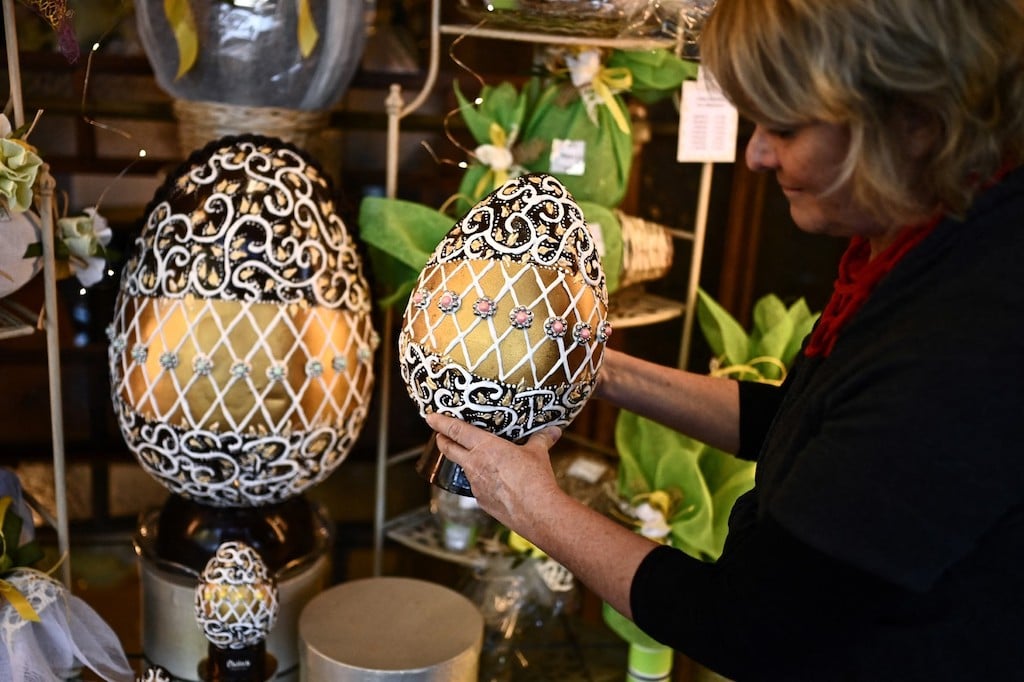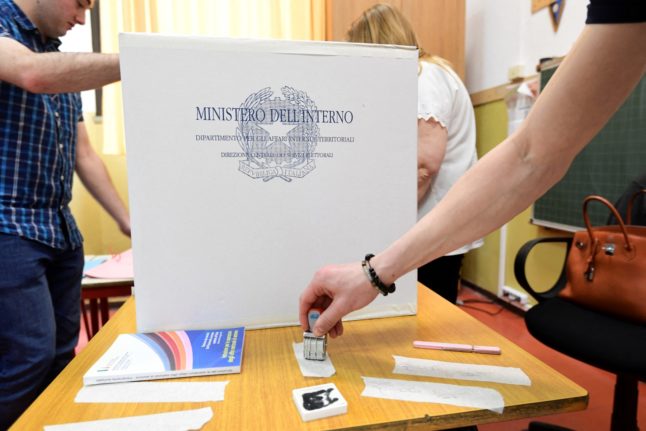Easter itself falls very early this year: Easter Sunday also coincides with the clocks going forward an hour for summertime, while Easter Monday in 2024 is on April Fool’s Day.
As a culturally Catholic (though constitutionally secular) country, Italy has plenty of days off work for Christian holidays. At Easter, however, most of the country gets just one day off – Easter Monday.
Unlike some countries, Italy does not have blanket rules requiring certain businesses to be closed over the holidays.
So what exactly can you expect to find open, or closed, this weekend?
Good Friday
Good Friday isn’t a public holiday in Italy, so work will go on as usual and opening hours will be normal on March 29th – though some Italians may decide to fare il ponte and take the Friday off to extend the long weekend.
It might seem strange that Good Friday would be excluded from the list of Italy’s national holidays, especially when it’s a day off even in non-Catholic countries including the UK, Germany and Sweden.
You don’t get a day off in Italy for Venerdì Santo, or Holy Friday, because it’s not a celebration: instead it’s a day of mourning, marking the day that Christians believe Jesus died on the cross, so is a fairly sober affair.
Saturday
Opening hours across the country will work as they normally do on Saturday.
Easter Sunday and Easter Monday
You can expect smaller shops to be closed, while supermarkets may close on Sunday and operate shorter opening hours on Easter Monday.

What about schools?
Schools in Italy are managed on a regional basis, so term dates vary slightly by region, but schools across most of the country will be closed from Maundy Thursday, March 28th, up to and including Tuesday, April 2nd.
The one exception is the region of Valle d’Aosta, where students are scheduled to return to school a day earlier than the rest of the country on April 2nd.
Pasticcerie, panifici and restaurants
Many panifici (bakeries) and pasticcerie (pastry shops) remain open on Easter Sunday morning so you can buy your pasticcini (little pastries to enjoy after Sunday lunch) or colombe, the dove-shaped panettone brioche cakes studded with dried and candied fruit.
Restaurants tend to remain open throughout Easter weekend to serve the many families who choose to dine out for the holiday. If you want to eat out on these days, it’s important to make a reservation well in advance.
Shops and supermarkets
Many supermarket chains close altogether on Easter Sunday, and may operate shorter hours on Easter Monday.
Independent shops in towns and cities may well remain closed over both days.
Public transport
Italy’s public transport services run on the ‘Sunday and public holidays’ timetable in Italy over Easter Sunday and Monday, meaning reduced services.
Much of the country travels to visit family and friends over Easter weekend, so expect trains to be crowded, and it’s worth booking your tickets in advance.
Museums and tourist attractions
Most museums and historic sites in Italy remain open as usual over the Easter weekend, or open with slightly reduced hours – though it’s advisable to check in advance if you have a specific museum you want to visit in mind.
Notable exceptions are the Colosseum, which is closed on Good Friday this year, and the Vatican Museums, which are closed on Easter Sunday, April 1st.



 Please whitelist us to continue reading.
Please whitelist us to continue reading.
Member comments